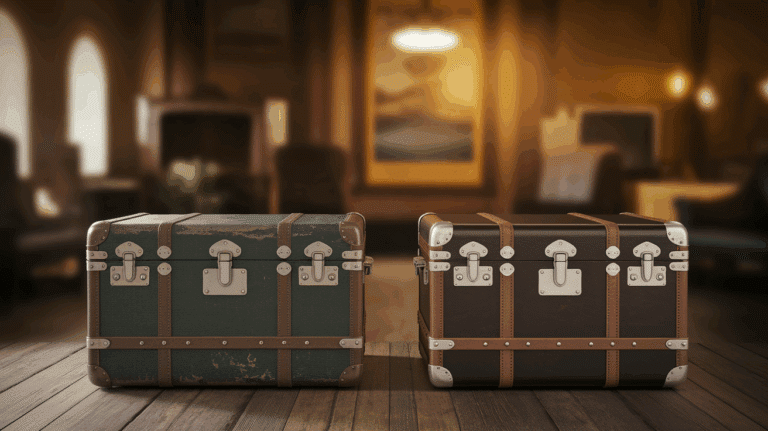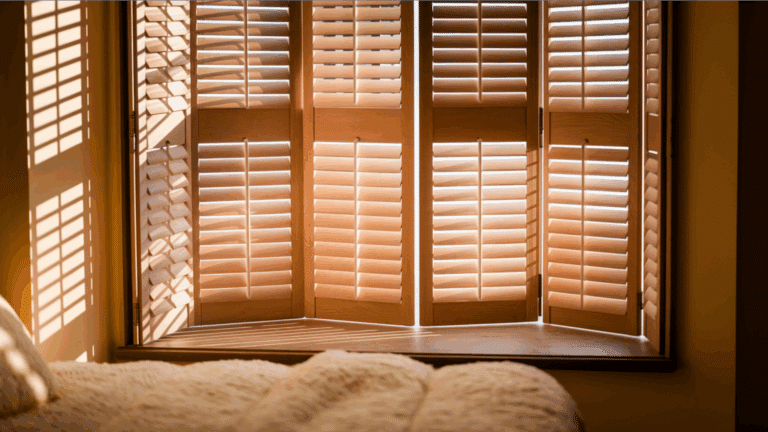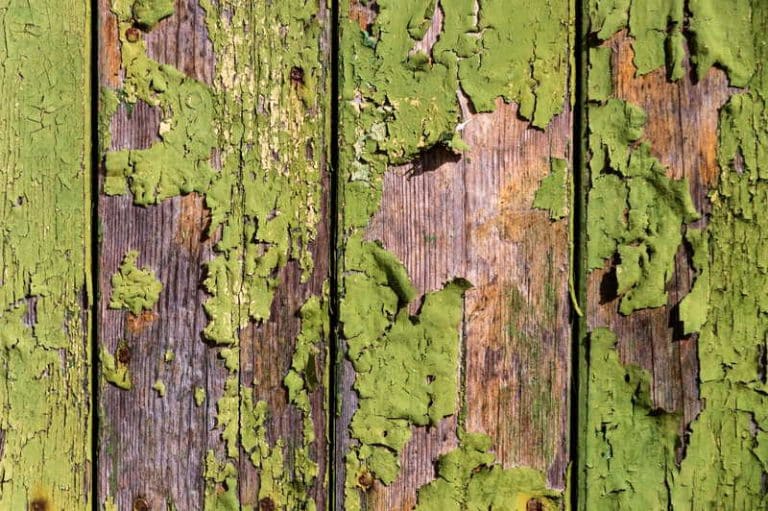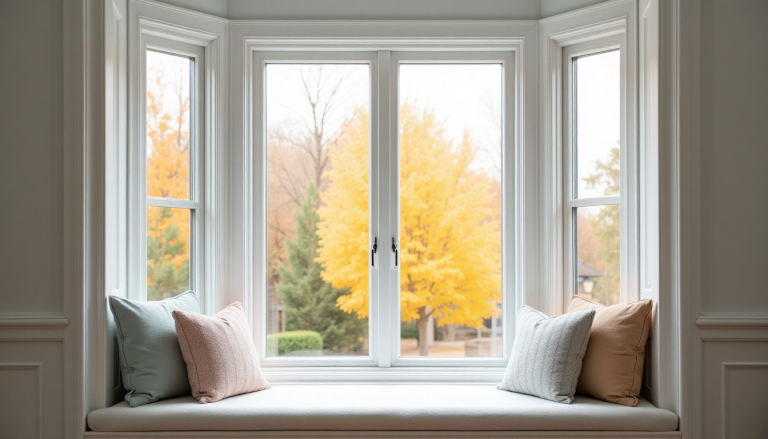How to Shiplap a Wall Easily
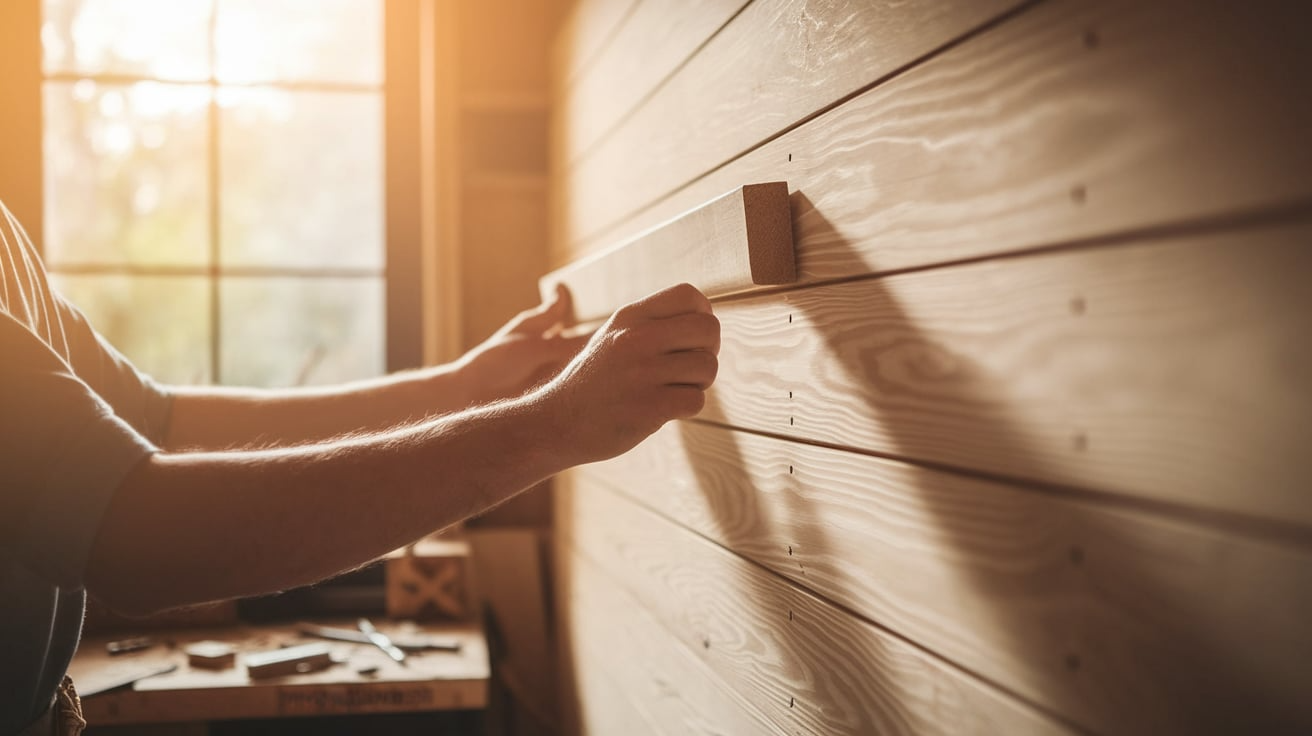
Are you looking to add character and charm to your walls? Shiplap walls offer a perfect blend of rustic appeal and a modern look to your home.
This traditional wooden board treatment, once used in shipbuilding, has become a desire design element that is now famous.
Perfect for accent walls, bedrooms, or entryways, shiplap creates visual interest without overwhelming your space.
If you’re a DIY beginner or an experienced renovator, installing shiplap is a weekend project that delivers impressive results.
In this blog, you will learn each step of the installation process, from selecting materials to adding final touches.
What is a Shiplap

Shiplap refers to wooden boards with special notched edges that fit together in an overlapping pattern. It is used in ships and barns for weatherproofing, and it has become a popular interior design feature.
The distinctive horizontal or vertical lines create texture and dimension on walls. True shiplap has overlapping joints that produce shadow lines between boards, adding depth and character.
Modern shiplap options include traditional wood as well as engineered alternatives like MDF or PVC, which look similar to wood but offer additional benefits like moisture resistance and easier installation.
Tools and Materials Required to Install Shiplap
Below is the list that covers everything you’ll need from start to finish, ensuring a smooth installation process.
Here’s your list of tools and materials converted into a clear two-column table:
| Tools | Materials |
|---|---|
| Measuring Tape | Shiplap Boards |
| Level | Paint or Stain |
| Stud Finder | Primer |
| Pencil | Spacers |
| Circular Saw or Miter Saw | Construction Adhesive |
| Jigsaw | Wood Glue |
| Nail Gun | Sandpaper |
| Hammer | Painter’s Tape |
| Pry Bar | Drop Cloths |
| Sanding Block | Table Saw |
| Safety Goggles and Mask | Compound Miter Saw |
| Drill | Wood Conditioner |
| Wood Filler | Corner Molding |
| Caulk Gun | Outlet Extenders |
Steps for Installing a Shiplap on a Wall
Installing shiplap changes your space with timeless charm and visual interest. Follow these detailed steps to achieve professional results on your DIY shiplap wall project.
Step 1: Prepare the Wall
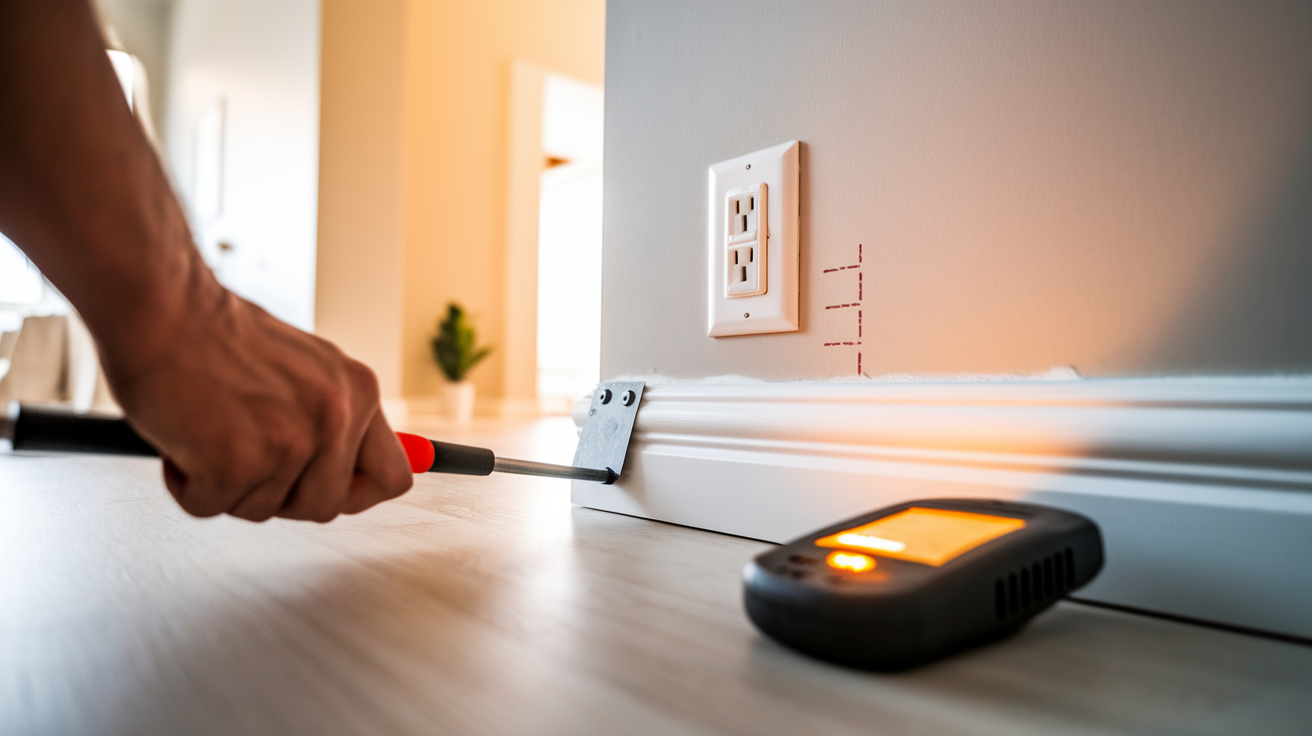
Start by using your pry bar to remove all outlet covers, switch plates, and baseboards. This will create a clean surface and allow the shiplap to fit properly against the wall without obstructions.
Use your stud finder to locate and mark all studs on the wall with a pencil. These marks will guide your nail placement and ensure your shiplap is securely attached to the wall.
Step 2: Measure and Plan the Layout
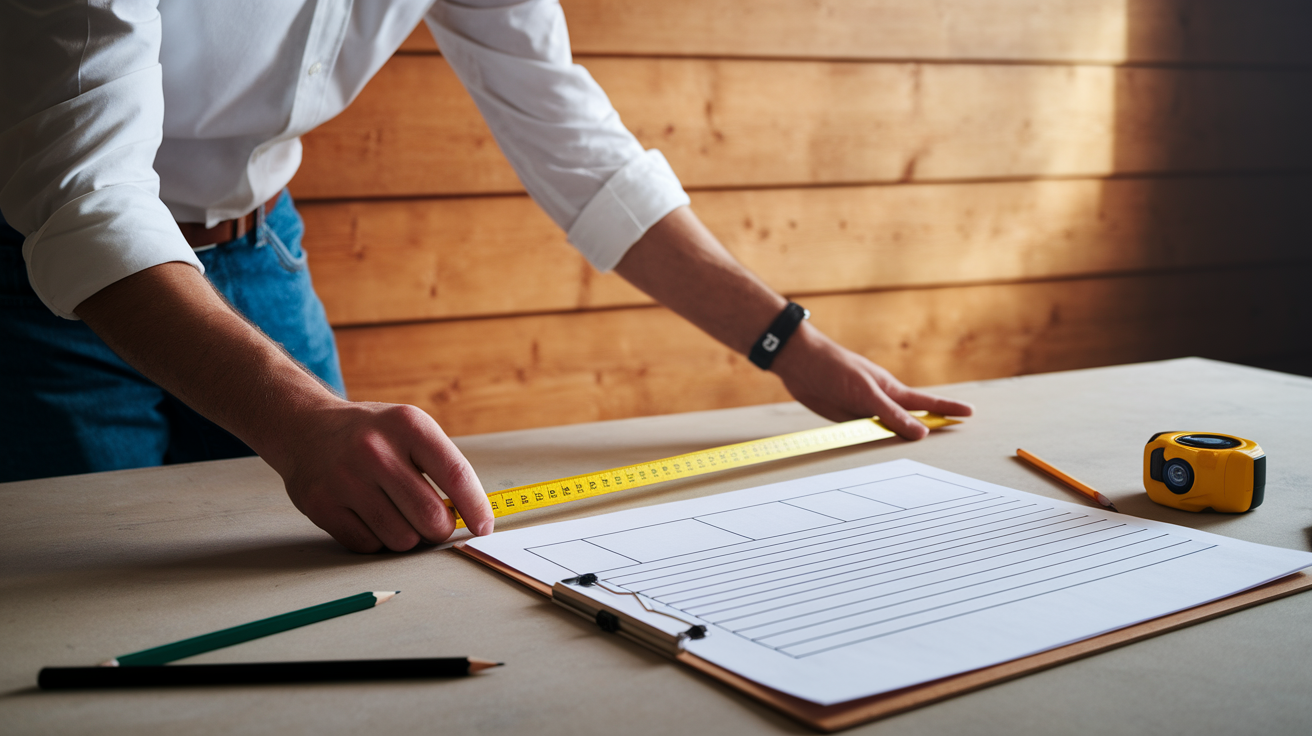
Measure the width and height of your wall carefully. Based on the width of your shiplap, calculate how many boards you’ll need, and decide whether you want horizontal or vertical installation.
Plan your board layout to avoid having very narrow pieces at the top or bottom. For the most balanced look, you may start with a full-width board at the bottom.
Step 3: Prepare Your Boards
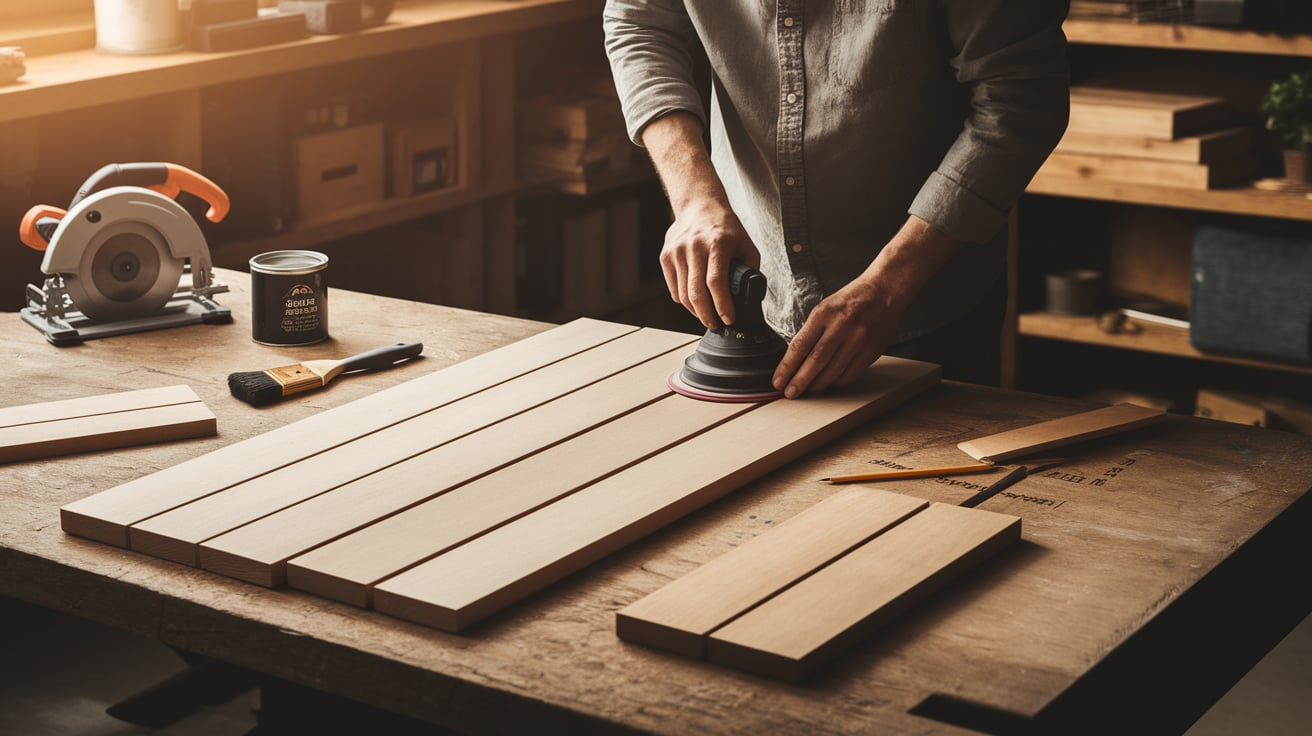
If using unfinished wood, sand all boards to ensure smooth surfaces and edges. For easier finishing (especially between the gaps), consider pre-painting or pre-staining your boards before installation.
Cut your first board to the appropriate length using your circular saw or miter saw. For rooms with uneven walls or floors, you may need to scribe and cut the first board to match the lines.
Step 4: Install the First Row
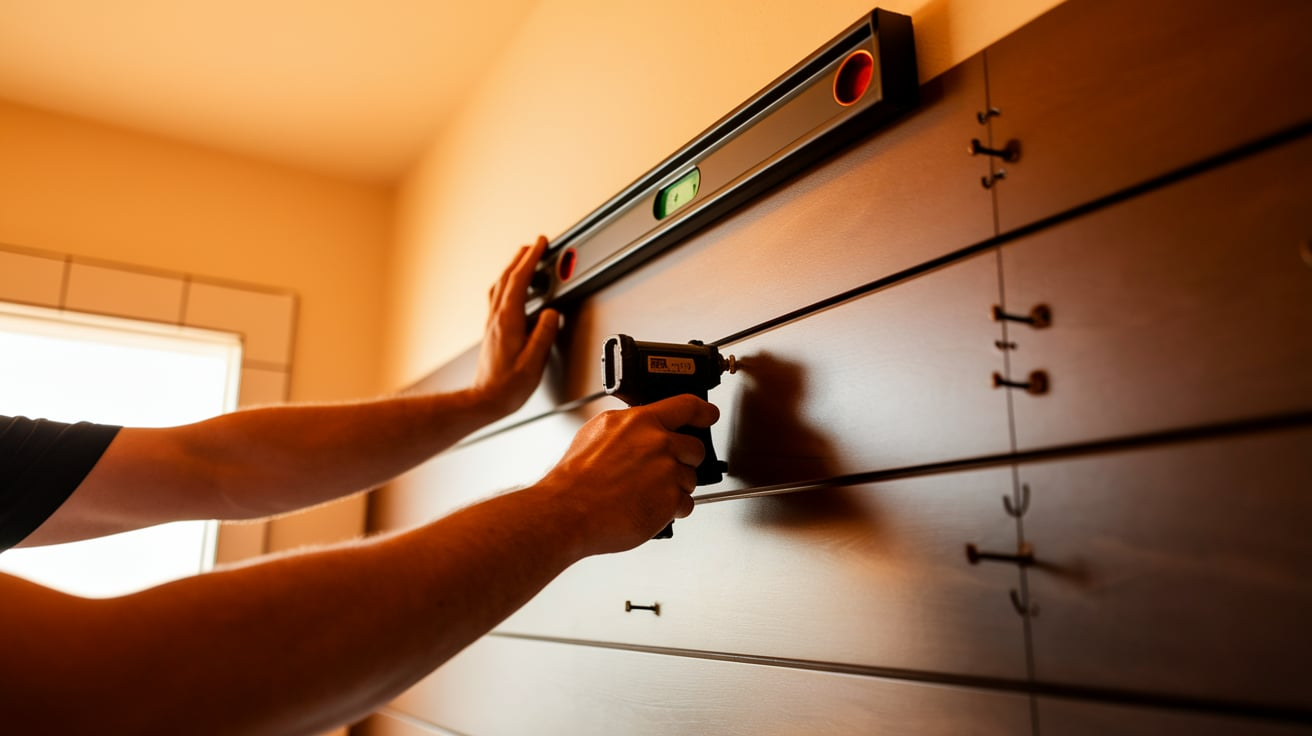
Position your first board in the bottom corner of the wall (for horizontal installation) or side (for vertical installation). Use your level to make sure it’s perfectly straight. This first board sets the alignment for all subsequent rows.
Secure the board to the wall using your nail gun, placing nails where you’ve marked the studs. Add two nails per stud for extra security, placing them near the top and bottom edges of the board.
Step 5: Continue Adding Rows
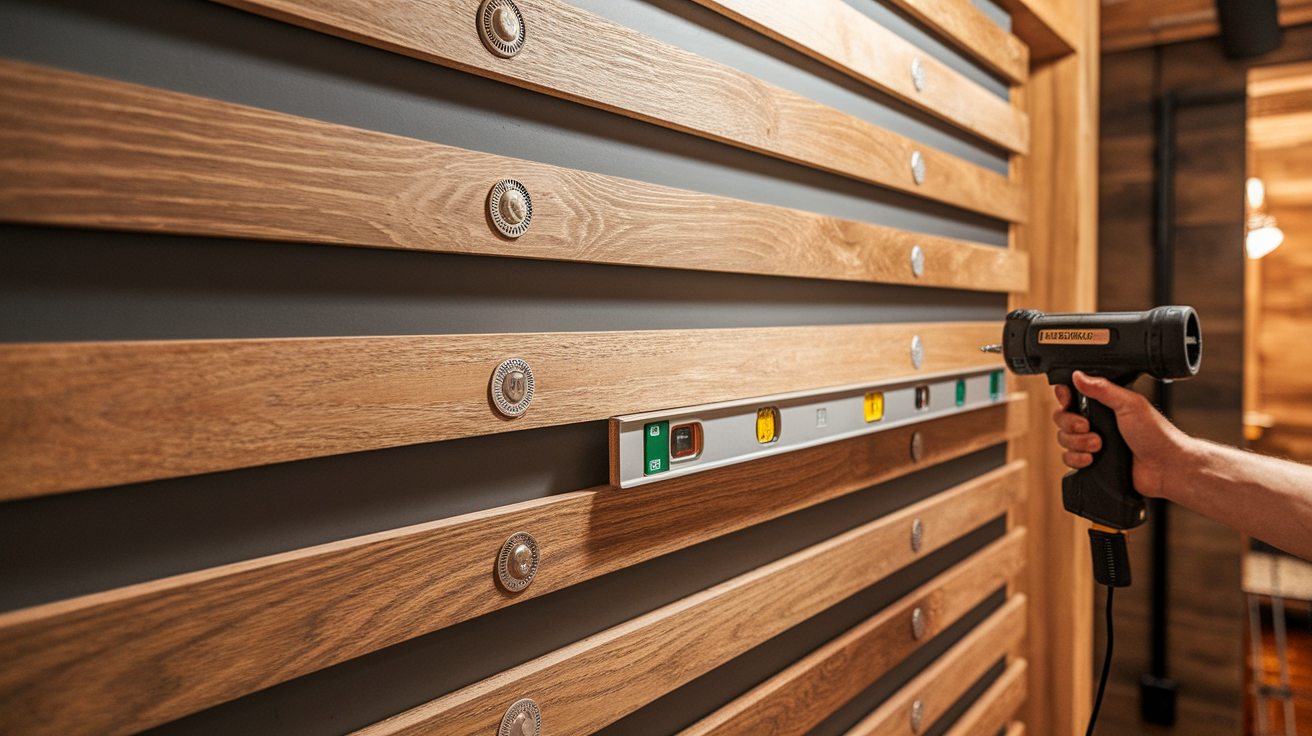
Place spacers between boards (coins work well) to maintain consistent gaps that create the characteristic shiplap shadow lines. Once the boards are secured, remove the spacers as you go.
Work your way up the wall, checking periodically with your level to ensure rows remain straight. If the boards aren’t long enough to cover the whole wall, place the seams in a staggered pattern to keep the design looking neat.
Step 6: Handle Obstacles and Cuts
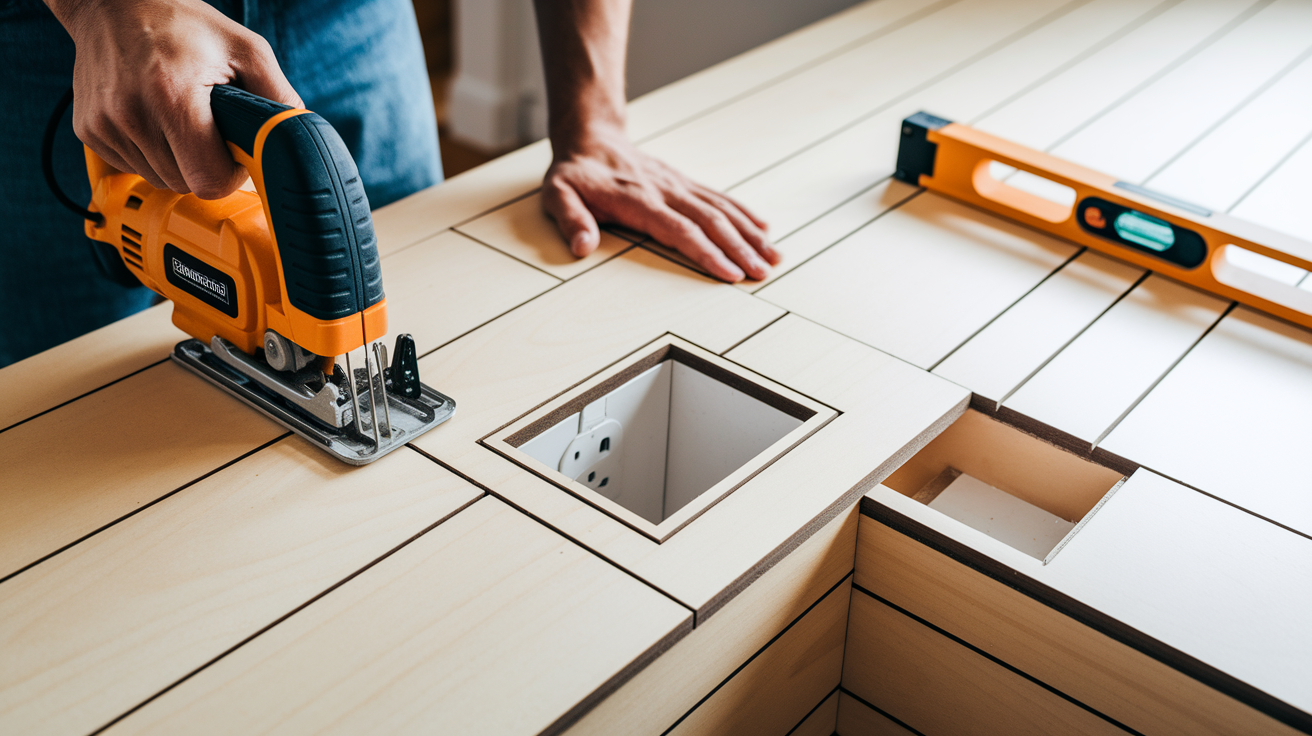
For outlets and switches, measure and mark their location on your board before cutting. Use a jigsaw to carefully cut out these openings, making them slightly larger than needed for easy fitting.
For the final row, you’ll likely need to rip (cut lengthwise) the boards to fit the remaining space. Measure carefully in several places, as walls are rarely perfectly square.
Step 7: Add Finishing Touches
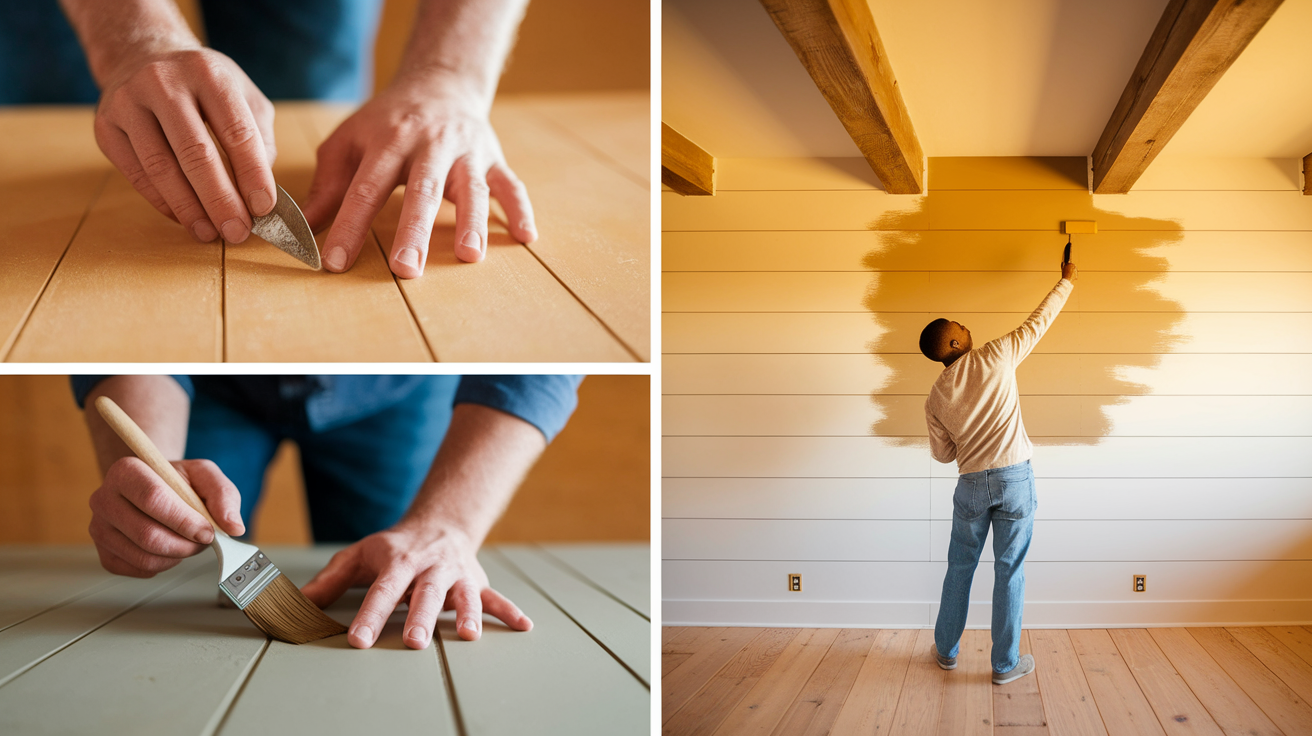
Fill nail holes with wood filler and sand smooth once dry. For a professional finish, apply caulk to the edges where the shiplap meets the ceiling, corners, or around windows and doors.
Reinstall baseboards, outlet covers, and any trim pieces. If you haven’t pre-painted, now is the time to apply primer and paint or stain to your installed shiplap.
Step 8: Clean Shiplap
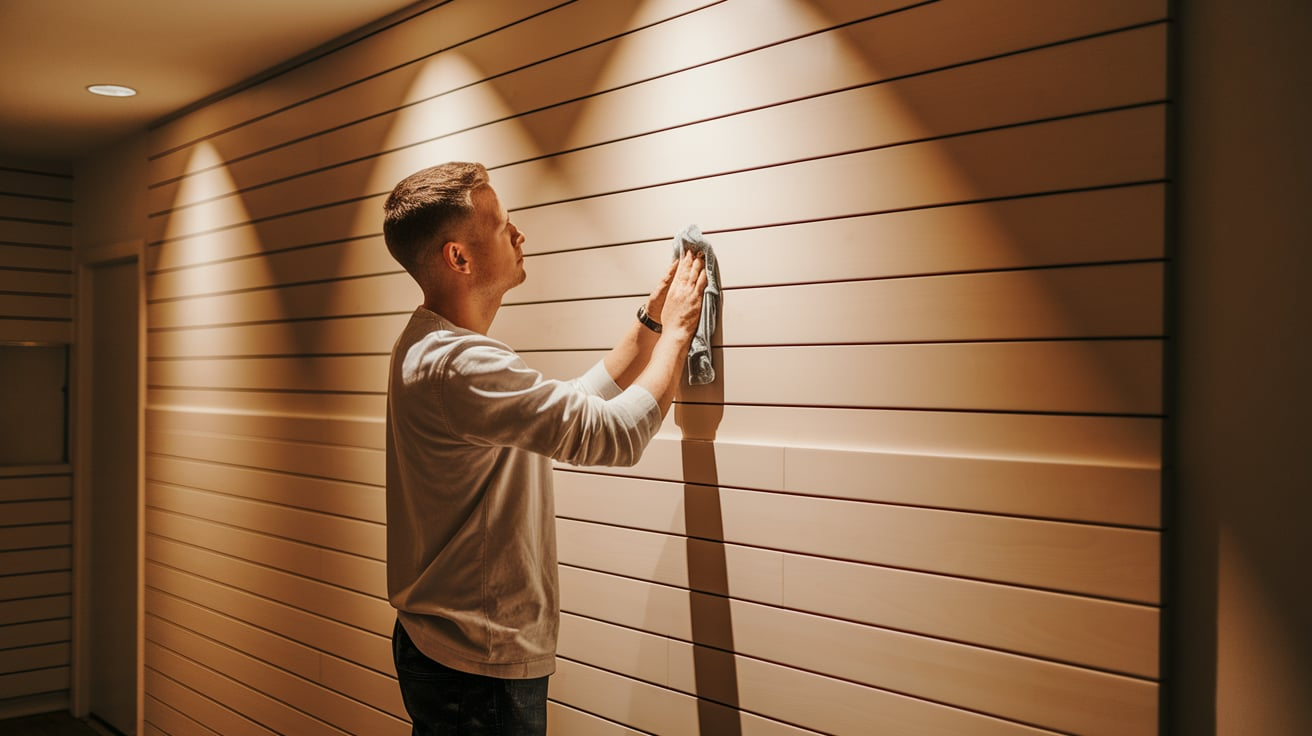
Remove all drop cloths and clean the area of dust and debris. Wipe down your new shiplap wall with a slightly damp cloth to remove any remaining dust before the final review.
Take a step back and check your work from different angles to ensure all boards are level, gaps are even, and the finish looks smooth. Make any small touch-ups needed before enjoying your refreshed space.
Creative Customization Ideas
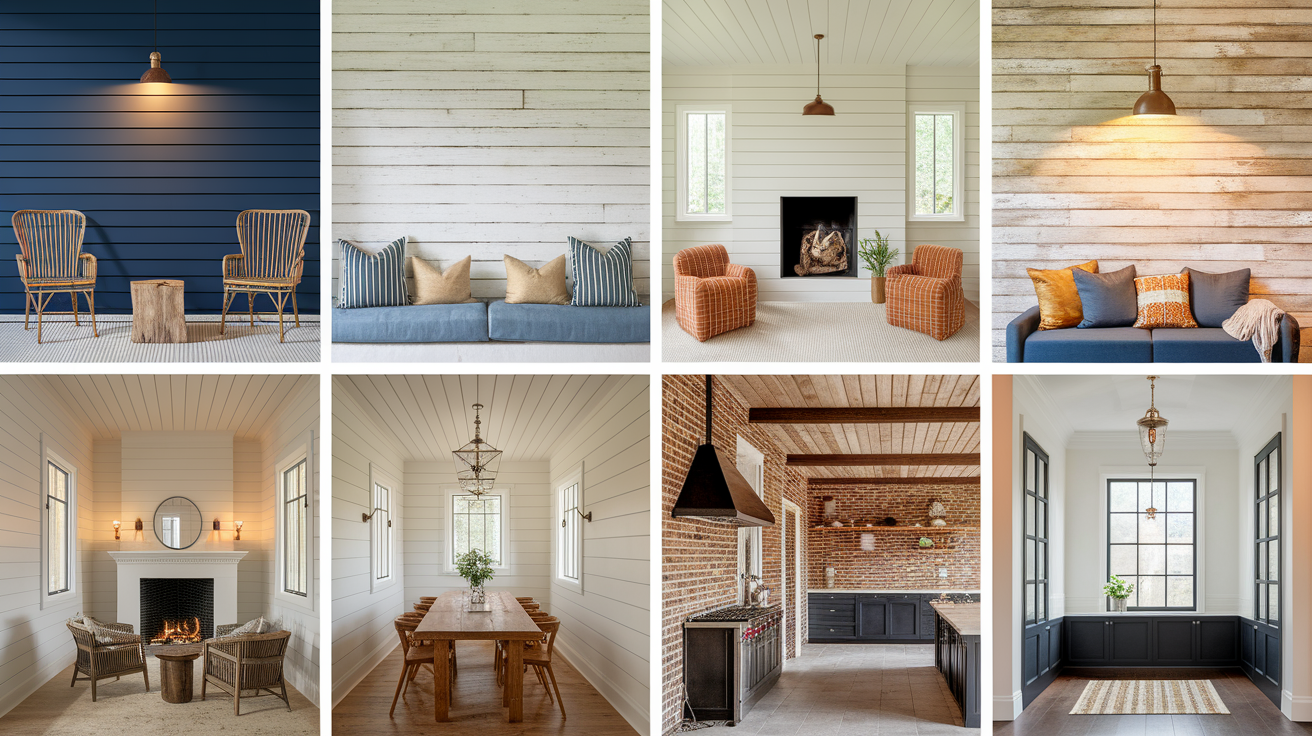
These are some of the ways to uplift your space with shiplap—from bold finishes to creative layouts and stylish material pairings.
1. Color and Finish Options
Bold accent colors transform shiplap into a striking focal point that anchors a neutral room. This high-impact approach works especially well on a single feature wall.
The whitewash technique allows the natural wood grain to show through while softening the overall appearance. This creates depth and character while maintaining a light, airy feel.
A distressed finish adds authentic farmhouse charm by mimicking the look of reclaimed wood. The intentionally weathered appearance brings warmth and history to contemporary spaces.
2. Creative Applications
Fireplace surrounds enhance the natural focal point of your room with the texture and warmth of shiplap. This application frames the fireplace while adding architectural character.
Partial wall installations like wainscoting or chair rails provide design flexibility and balanced visual impact. This approach allows you to incorporate shiplap without committing to full wall coverage.
Ceiling extensions create a wraparound effect that envelops the room in warmth and texture. This technique works particularly well in small spaces or rooms with architectural challenges.
3. Mixed Material Combinations
Brick or stone contrasts beautifully with shiplap, creating textural interest through material juxtaposition. This combination honors traditional craftsmanship while feeling fresh and current.
Metal accents paired with shiplap create an industrial-farmhouse fusion that balances rustic and refined elements. The contrast between warm wood and cool metal creates visual tension and interest.
Contrasting wood trim adds architectural definition and dimension to shiplap installations. This layering of wood elements creates depth while maintaining material harmony.
Approximate Estimated Cost for 100 Sq. Foot
The cost of your shiplap project will vary depending on several factors, including room size, material choice, and if you already own the necessary tools.
Below are the potential expenses for a standard 100-square-foot wall:
Materials Cost
| Item | Cost Per Square Foot | Cost for 100 sq. ft. |
|---|---|---|
| Shiplap Boards | ||
| MDF | $1.00 – $2.00 | $100 – $200 |
| Pine | $1.50 – $2.50 | $150 – $250 |
| Premium Wood (Cedar, Oak) | $3.00 – $7.00 | $300 – $700 |
| Finishing Supplies | ||
| Primer, Paint/Stain, Sealant | – | $30 – $60 |
| Wood Filler | – | $5 – $10 |
| Caulk | – | $5 – $8 |
Tools Cost
| Item | Cost |
|---|---|
| Purchasing Tools | $200 – $500 |
| Renting Tools | |
| Nail Gun Rental | $25 – $40/day |
| Miter Saw Rental | $30 – $50/day |
Total Investment Estimates
| Estimate Type | Cost Range |
|---|---|
| Low-End (MDF boards + rented tools) | $200 – $300 |
| Mid-Range (Pine boards + purchased basic tools) | $400 – $600 |
| High-End (Premium wood + purchased quality tools) | $700 – $1000 |
Note: Remember to purchase approximately 10% extra material to account for mistakes and waste. This small additional investment prevents delays from having to buy more materials mid-project.
Common Mistakes to Avoid While Installing Shiplap
Even experienced DIYers can fall victim to these shiplap installation pitfalls. Being aware of these common errors will help you achieve professional results and save you time, money, and frustration.
- Not Planning Board Layout: Skipping layout planning can lead to awkward proportions and thin strips. Always measure and balance for a clean, polished look.
- Skipping the Acclimation Period: Installing shiplap too soon can cause warping or gaps. Let boards sit indoors for 2–3 days to adjust to humidity.
- Neglecting Wall Preparation: Dirty or damaged walls lead to poor adhesion. Clean, repair, and smooth the surface before installation.
- Starting with Uneven Boards: A crooked first board ruins alignment. Use a level and take your time with the first row.
- Cutting Corners on Outlets: Poor cuts around outlets look messy and may be unsafe. Measure precisely and follow code guidelines.
- Improper Finishing: Rushing the finish can ruin the final look. Don’t skip caulking, sanding, or detailed touch-ups.
Final Thoughts
Now you’ve got everything you need to change your walls with beautiful shiplap. The real magic isn’t just in how it looks when it’s done—it’s in the process of creating something with your own hands.
Don’t stress about getting everything perfect. Just take it one board at a time, and before you know it, your vision will start coming together.
Imagine the pleasure of standing back, admiring your work, and hearing the compliments roll in from friends and family.
So, are you ready to pick up those tools? That cozy, stylish space you’ve been dreaming of is just a weekend away!



